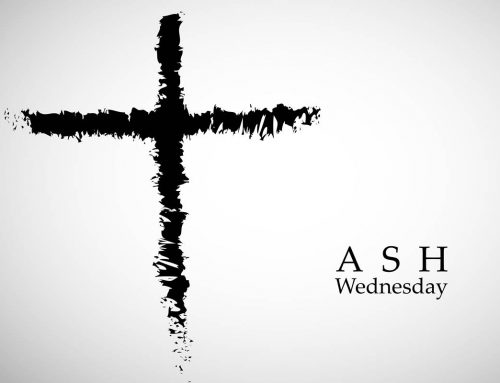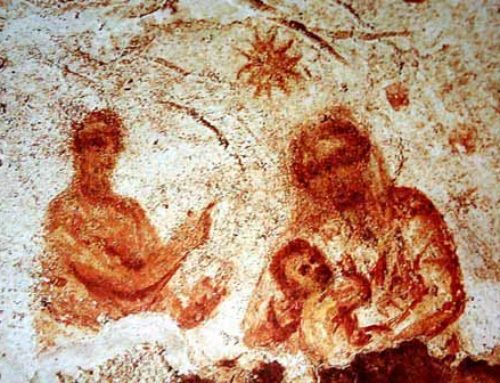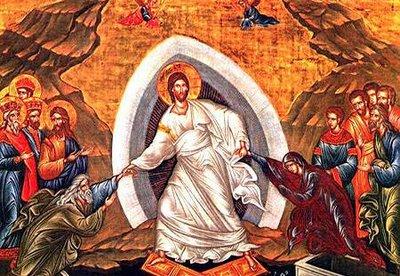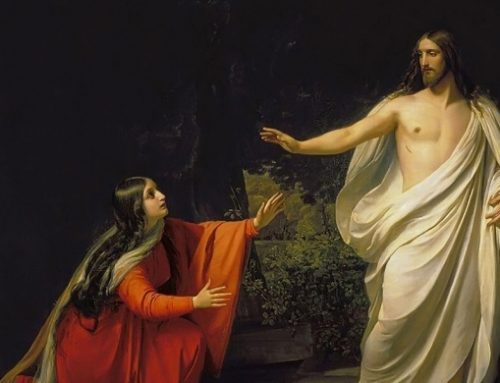There are three types of apocryphal gospels that became common in the Church from the 2nd century onwards: those of which only a few papyrus fragments remain and that resemble the canonical gospels to a large extent. those that have been preserved intact, and narrate pious stories pertaining to the life of our Lord and the Blessed Virgin Mary; and those that have been put under the name of an apostle, but promulgate doctrines contrary to what the Church believed to be true according to apostolic tradition.
There are few examples of the first type and they scarcely say anything new, perhaps because little is known of their content. One such example is the “Gospel of Peter” which narrates the Passion of our Lord. Among the second type, the oldest one is the so-called “Infancy Gospel of James”
This document narrates that the Blessed Virgin Mary remained in the Temple from the age of three and how Saint Joseph, who was a widower, was designated to look after her from the age of twelve. The priests of the Temple had gathered all the widowers together and Joseph was the one chosen when a dove miraculously emerged from his staff.
Later apocryphal gospels such as the “Pseudo Matthew” also contain this story, saying that the staff blossomed miraculously.
The “Infancy Gospel” also describes the birth of Jesus when St Joseph was on his way to Bethlehem with Mary. We are told that the holy Patriarch searched for a midwife who confirmed the virginity of Our Lady after childbirth.
In a similar vein, other apocryphal gospels such as “the Nativity of Mary” narrate how Our Lady was born to Joaquim and Anna when they were already advanced in age.
The infancy of our Lord and the miracles he performed as a child, are told in the “pseudo-Gospel of Thomas”.
The death of St Joseph is the principal theme of the “History of Joseph the Carpenter”.
In the later Arabic apocryphal gospels of the infancy we read about the Three Wise Men and we are even given their names in an Ethiopian text.
A well-loved motive of other apocryphal gospels, like the “Book of Repose” or the “Pseudo Meliton”, was the death and Assumption of the Blessed Virgin Mary, where we are told that she died surrounded by the Apostles, and how our Lord took her away in a celestial chariot.
All these pious legends had wide circulation in the Middle Ages and served as inspiration for many artists.
The third type of apocryphal gospels contained heretical doctrines.
The early Fathers of the Church quoted them in order to refute them, and named them either according to their author, such as the one of Marcion, Basilides or Valentinus or according to their intended audience such as Hebrews or Egyptians.
On other occasions, the same early Fathers accuse these heretics of expounding their own doctrines under the name of an Apostle, such as James or Thomas.
The information gained from the Fathers of the Church was confirmed by the discovery of some forty “gnostic” works in Nag Hammadi (Egypt) in 1945. They mostly contain presumed secret revelations of Jesus, and lack any type of credence. They tend to imagine God the Creator as a lesser and perverse god (a Demiurge) and the acquisition of salvation on the part of man as being due to the knowledge of its divine origin.
Gonzalo Aranda







Leave A Comment
You must be logged in to post a comment.